
The Ultimate Malta itinerary: 6 stops for a true island getaway
ABOUT
They say don’t judge something by its size - but by its impact. In this case, the smallest country in Europe is Malta, yet it’s a treasure trove of a destination to discover. Sensational Mediterranean climate thanks to being the southernmost country of Europe, with a history that spans over two thousand years, Malta is one of those countries that leaves the traveller with a little more inspiration and wanderlust after having explored it.
This island nation’s landscape is characterized by low hills, with a few valleys, mostly on its main southern shore. Malta has a population of 400,000 people but due to its land size - it's also one of the most densely populated countries in Europe.
Whether you’re travelling to Malta in the summer or winter, you simply can’t go wrong. It’s the perfect destination for those who want to get away from the cold grey winters in continental Europe, as the sun shines on Malta for more than a whooping 300 days a year.
With a British legacy, Latin roots, Italian influence, and Arabic touches - Malta’s cultural heritage, linguistic diversity and delicious cuisine is just as dynamic as the country.
HIGHLIGHTS OF THE TRIP
THIS TRIP IS FOR YOU...



Your Itinerary
Stop 1: Valletta
Stop 1: Valletta The capital city of Valletta is a glorious historical city, that’ll make you feel like you’re exploring an age that has long past ...

Stop 2: Malta's Three Cities
Three cities in one stop? I know what you’re thinking but don’t get intimidated! The Three Cities of Malta are all worthwhile, all superbly majesti...

Stop 3: Mdina
Known as the "Silent City", Mdina is a walled city perched on a hilltop in the centre of Malta (giving you great views of the Maltese countryside!)...

Stop 4: Rabat
Afterward exploring Mdina, take a drive to Rabat - it’s comparably a sister city to Mdina since the two are super close by each other. In Rabat, yo...

Stop 5: Gozo Island
Head to shimmering blue waters from Gozo Island and Comino Island for a day of relaxation and exploration! While you can do Gozo Island in a half d...

Stop 6: Malta’s South Coast
On the final stop of your Malta trip, spend your last day in Malta exploring Marsaxlokk. Marsaxlokk is a traditional fishing village on Malta’s sou...
Ready for a change of scenery?
Plan your perfectly curated trip!
Stop 1
 Valletta , Malta
Valletta , MaltaStop 1: Valletta The capital city of Valletta is a glorious historical city, that’ll make you feel like you’re exploring an age that has long past elsewhere - but still very much untouched here. Also most likely if you’re flying into Malta, this will be where you start! Explore the cobblestone streets, stunning architecture, and impressive fortifications. Don't miss out on St John's Co-Cathedral, a grand Baroque building with an intricately decorated interior.
Already you’ll get an impression of how many centuries far back Valletta goes. If you head over to St George’s Square in the heart of Valletta, you’ll find plenty of restaurants, bars, and cafes as well as street performers and art galleries.Take a stroll along Republic Street to see some of Valletta's most beautiful architecture or visit the Manoel Theatre for some amazing live performances.
You can also check out one of Malta's many museums such as the National Museum of Archaeology or the National Maritime Museum. The National War Museum is also worth a visit; it’s full of fascinating artefacts from Malta’s turbulent past.
My favourite part of the city? Walk over to the stunning Upper Barrakka Gardens, which offer incredible views of the Grand Harbour. Valletta may be a small city but it’s packed with culture and history, and there are plenty of underrated places to explore.
INTERESTS & PREFERENCES
Things to do
Places to stay
Stop 2
 Malta's Three Cities , Malta
Malta's Three Cities , MaltaThree cities in one stop? I know what you’re thinking but don’t get intimidated! The Three Cities of Malta are all worthwhile, all superbly majestic, and all a good bite-size that makes it easy to explore within one day. From the Grand Harbour of Valletta, here you can take a ferry across to the Three Cities – Vittoriosa, Senglea, and Cospicua – for some more interesting sights that go beyond the capital. My preferred method of getting across the harbour to the Three Cities is taking the classic Dgħajsa, a traditional fishermen's boat that now some locals use as an independent ferry for passengers.
Vittoriosa (you’ll also sometimes hear it being called Birgu) is home to the Grand Harbour, which was once the largest natural harbour in the world. It is now a busy commercial seaport and Malta's busiest tourist attraction. Vittoriosa was founded by the Knights of St John in 1566 as Fort St Angelo on an island just off the coast from Mdina and named after Charles V, Holy Roman Emperor who sponsored their order during his reign. It was later renamed Birgu (meaning "good town") by Grand Master Nicolas Cotoner who ruled Malta from 1676 to 1680 when it became one of Malta's three most important cities with Valletta and Mdina.
Senglea is Malta's second city, with an extensive fortification system built by the Knights of St John which has been restored to its former glory. Senglea is also sometimes referred to as Isla. The first thing that catches your eye is the Basilica, standing ever so proudly looking out into the water. The Safe Haven Gardens is a little park that juts out above the peninsula, where you can go for stellar panoramic views.
Then there’s Cospicua (it’s also known as Bormla), the third city, which was once regarded as one of Europe’s most fortified cities, with a 16th-century bastioned enceinte surrounding it. Today it is one of Malta's most densely populated areas due to its proximity to Sliema and Valletta - two other popular tourist destinations in Malta but that doesn’t make it any less of a beauty. The best thing to do in Cospicua? Ditch the map and get lost inside its many cobbled alleyways.
INTERESTS & PREFERENCES
Things to do
Places to stay
Stop 3
 Mdina , Malta
Mdina , MaltaKnown as the "Silent City", Mdina is a walled city perched on a hilltop in the centre of Malta (giving you great views of the Maltese countryside!). It’s one of the oldest inhabited cities on the island, with a history dating back to 800 BC.
Mdina is full of hidden gems that are worth exploring. Start your journey at St Paul's Cathedral, which dates back to 1693 and features Baroque-style architecture. Then, wander through the narrow streets to discover historic palaces such as Palazzo Falson and Palazzo Vilhena. If you're interested in art, make sure to visit Palazzo de Piro, which houses an impressive collection of artworks from local artists.
For an activity that is quite charming, take a horse-drawn carriage ride around town or explore the old city walls for stunning views of Malta's countryside. You can also take a guided tour of Mdina Dungeons for an insight into its medieval past.
If you're looking for something unique to do in Mdina, why not visit The Silent City’s Museum? This interactive museum showcases artefacts from Mdina’s past and offers visitors an interesting insight into its culture and heritage. Or if you're feeling adventurous, why not try your hand at falconry? The Falconry Centre in Mdina offers visitors the chance to learn about these majestic birds up close and personal!
INTERESTS & PREFERENCES
Things to do
Stop 4
 Rabat , Malta
Rabat , MaltaAfterward exploring Mdina, take a drive to Rabat - it’s comparably a sister city to Mdina since the two are super close by each other. In Rabat, you can explore ancient catacombs carved into the rock beneath St Paul's Church. End your day with dinner at one of Rabat's charming restaurants and try out some traditional Maltese food.
When it comes to food, Rabat has plenty of options for all tastes and budgets. From traditional Maltese restaurants to international eateries, there is something for everyone here. For dessert, try some delicious local pastizzi (pastries) or gelato from one of the many ice cream parlours in town.
INTERESTS & PREFERENCES
Things to do
Places to stay
Stop 5 :Gozo Island and the Blue Lagoon on Comino Island
 Gozo Island , Malta
Gozo Island , MaltaHead to shimmering blue waters from Gozo Island and Comino Island for a day of relaxation and exploration! While you can do Gozo Island in a half day trip, if you want to take it easy to really appreciate its sites to the full extent, we definitely would recommend one full day for the island, especially if you do an excursion out into Comino Island. Visit Ggantija Temples – prehistoric ruins that are believed to be older than Stonehenge – then take a dip in Dwerja Bay or Ramla Bay.
One of the most special things you must do while in Malta? Check out the Blue Lagoon. The Blue Lagoon is reachable with a quick boat ride from Gozo Island, and you can do this as a side excursion, booking it the day of when you go to the port. However long you want to spend there is up to you, as the boats make frequent roundtrips. The Blue Lagoon is exactly what the name entails - an almost mythical-like sea natural pool with glistening touristique waters, some of the clearest in Europe, ready for you to dive right into. Adding to the allure of the natural lagoon, it gets its blue colour from sunlight reflecting off underwater limestone formations.
Many people make a beach trip out of this, bringing their swimsuit, towels, etc. while others prefer to come and do little hikes around the lagoon.
INTERESTS & PREFERENCES
Things to do
Places to stay
Stop 6
 Malta’s South Coast , Malta
Malta’s South Coast , MaltaOn the final stop of your Malta trip, spend your last day in Malta exploring Marsaxlokk. Marsaxlokk is a traditional fishing village on Malta’s south coast known for its colorful boats called luzzu dotting the harbor waters. It’s quite the sight to see, and most definitely picture post-card perfect!
Enjoy lunch at one of Marsaxlokk’s seafood restaurants (a must if you enjoy seafood, since Malta’s cuisine does it so well) before visiting Hagar Qim Temples, an impressive megalithic site dating back thousands of years ago.
INTERESTS & PREFERENCES
Things to do
Places to stay
 Making travel planning easy.
Making travel planning easy.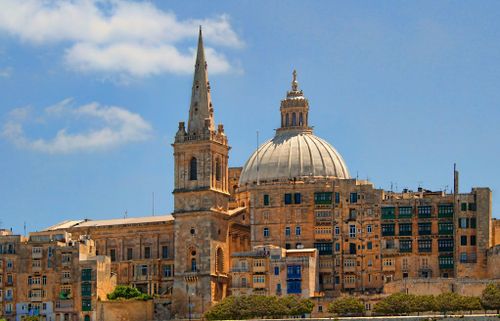
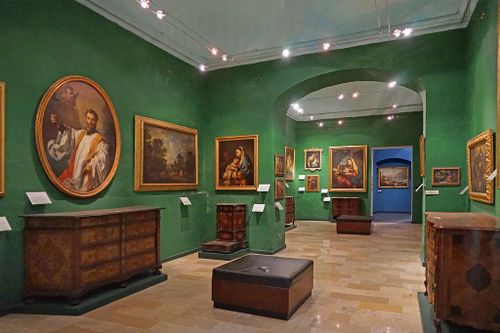

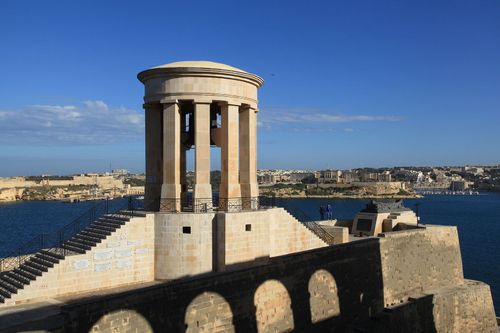
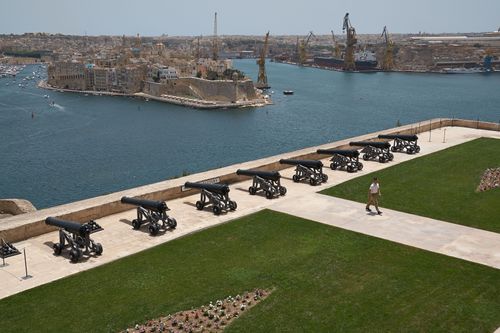
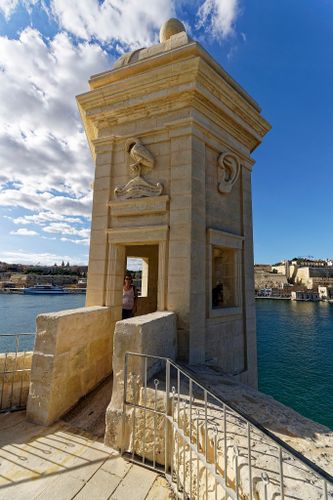
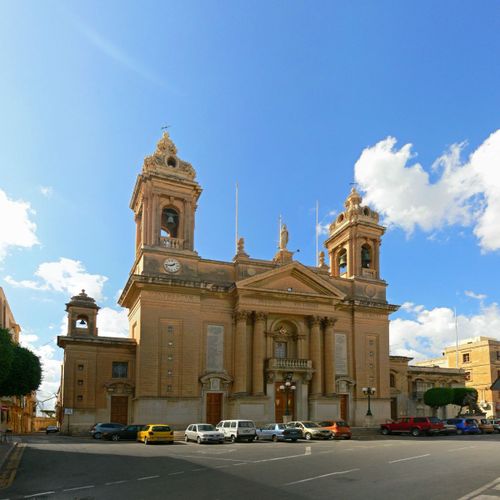
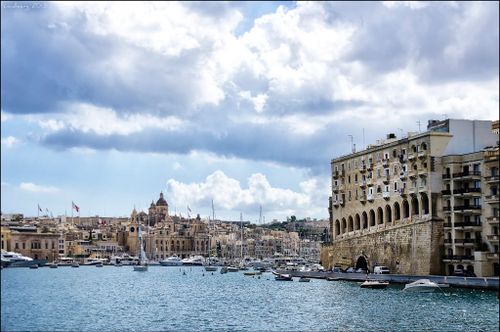
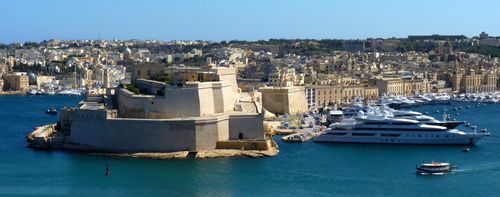

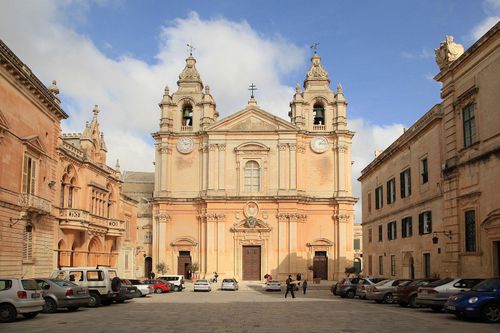
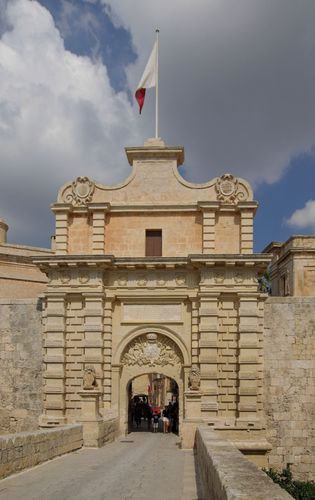


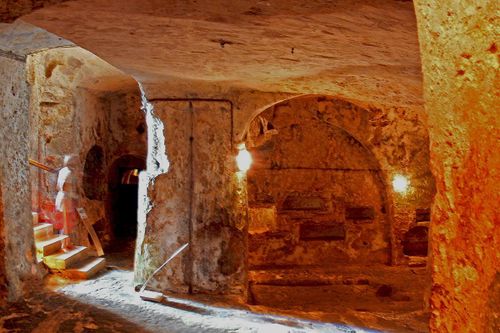
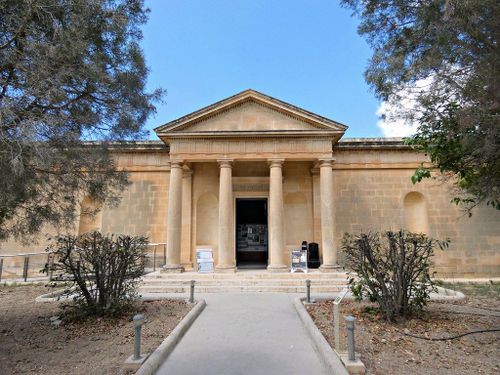
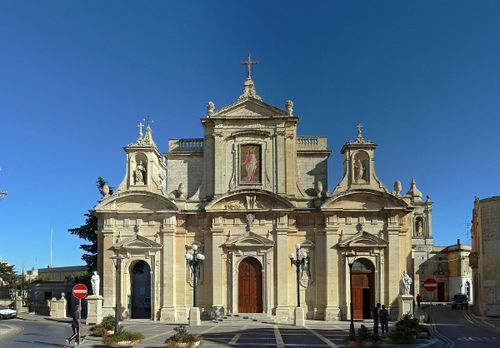
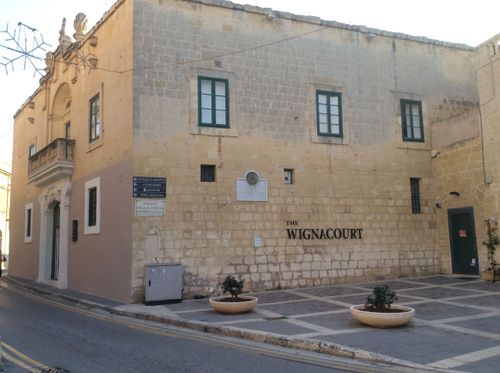
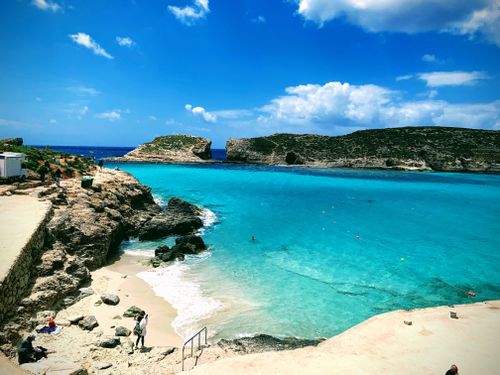
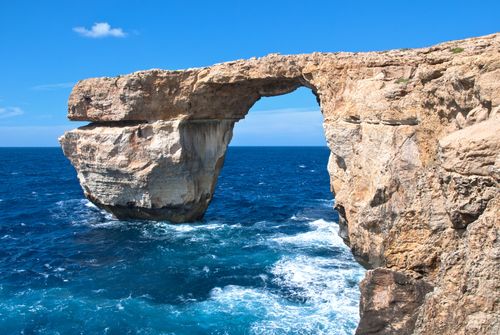
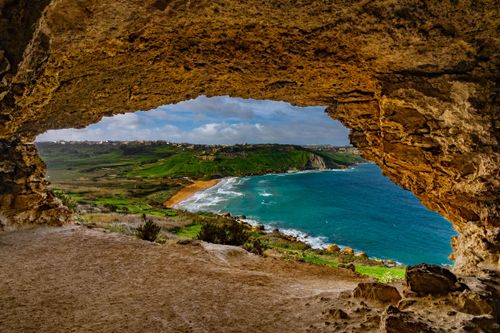
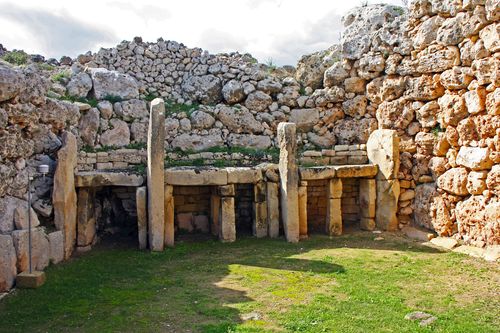
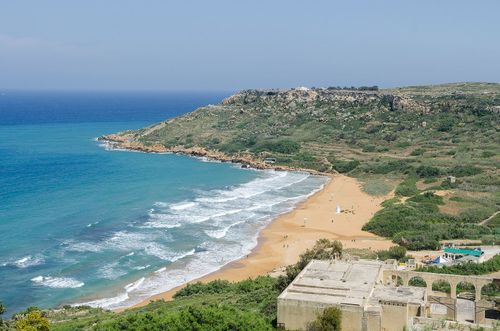
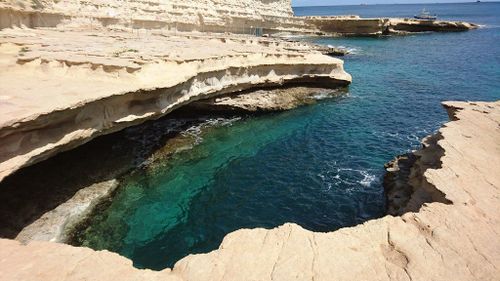
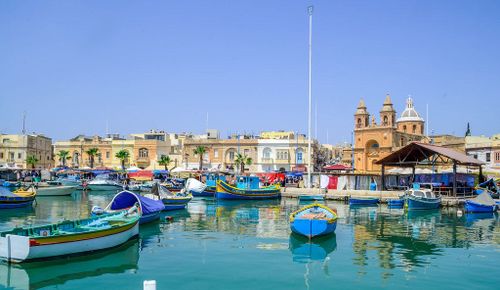
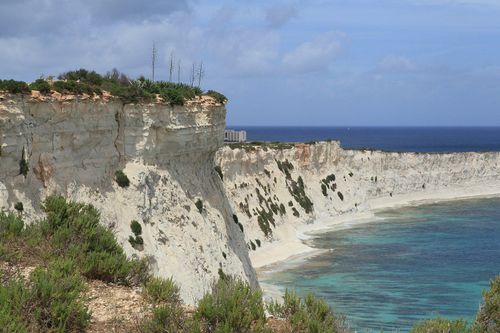
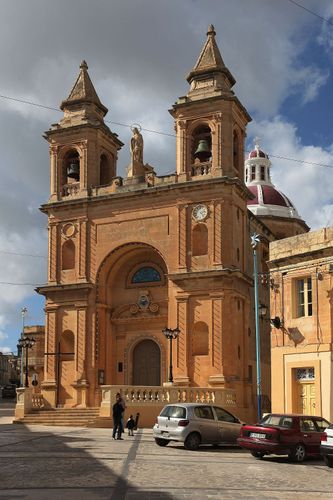
Steeped in fascinating history no matter which corner you turn, Malta is a treasure for those seeking the best in life: romance, beauty, and of course eternal sunshine.
Logan Ly, Digital Creative Globetrotter